Corydoras catfish, known for their social nature and tank-cleaning abilities, are a popular choice for aquarium enthusiasts. Breeding these fascinating fish can be a rewarding experience, and with the right knowledge and preparation, it is easily achievable. In this guide, we will provide you with step-by-step instructions on how to successfully breed Corydoras in your aquarium.
Before we dive into the breeding process, it is essential to understand the key aspects of breeding Corydoras. From choosing the right species to setting up a suitable breeding tank, we will cover everything you need to know for breeding success. Let’s get started!
Core Insights to- how to Breed Corydoras:
Choosing the Right Corydoras Species for Breeding
When it comes to breeding corydoras, selecting the right species is crucial for a successful and fulfilling experience. With over 150 species to choose from, it’s important to consider your preferences and the requirements of your aquarium. Here, we’ll explore some popular corydoras species that are well-suited for breeding in an aquarium setting.
- Peppered Corys: Known for their beautiful pepper-like speckles, these corydoras are hardy and adaptable, making them an ideal choice for beginner breeders.
- Bronze Corydoras: With their striking metallic bronze coloration, these corydoras add a touch of elegance to any aquarium. They are also known for their peaceful nature.
- Panda Corys: Adored for their bold black and white coloration resembling a panda, these corydoras are an eye-catching addition to a breeding tank.
- Albino Corys: These corydoras have a pale, translucent appearance, making them a unique choice for breeders looking for something a little different.
When purchasing corydoras for breeding, it is recommended to buy at least five fish to increase the chances of obtaining both male and female individuals. This will ensure a healthier breeding environment and improve the likelihood of successful reproduction.
Popular Corydoras Species for Breeding
| Species | Description |
|---|---|
| Peppered Corys | Hardy and adaptable with pepper-like speckles |
| Bronze Corydoras | Metallic bronze coloration and peaceful nature |
| Panda Corys | Bold black and white coloration resembling a panda |
| Albino Corys | Pale, translucent appearance for a unique touch |
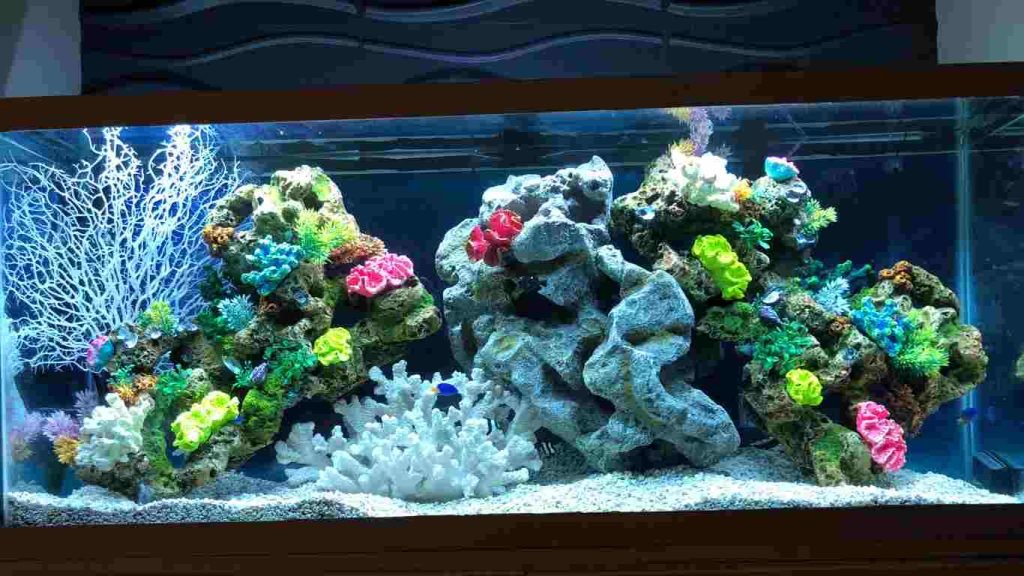
Setting Up a Breeding Tank for Corydoras
To successfully breed corydoras, it is crucial to create a suitable breeding tank that provides the optimal environment for the fish. Follow these steps to set up your breeding tank and increase your chances of successfully raising corydoras fry.
1. Tank Size and Substrate
Start by choosing an appropriate tank size for your corydoras breeding setup. Aim for a tank of around 20 gallons to provide enough space for the fish to swim and breed comfortably. When it comes to substrate, opt for a sandy substrate or no substrate at all. Corydoras prefer a soft bottom and may injure themselves on rough gravel.
[content-egg module=Amazon products=”us-B09Y7M25BT” template=item_simple]2. Adding Plants for Natural Cover
Plants play a crucial role in providing natural cover and surfaces for the female corydoras to deposit their eggs. Consider adding plants like java moss or floating plants to your breeding tank. These plants offer hiding spots for the fry and help create a more natural environment for breeding.
3. Beneficial Filter for Water Oxygenation
A small filter, such as a sponge filter, is highly beneficial for water oxygenation. It helps maintain clean and oxygen-rich water, which is essential for the health and development of the corydoras fry. The gentle water flow provided by a sponge filter also prevents the fry from being sucked into the filter.
4. Conditioning the Breeding Tank
Prior to introducing the corydoras for breeding, it is crucial to condition the breeding tank. Cycling the tank is an essential step that establishes the beneficial bacteria needed to maintain a stable and healthy environment. It is advisable to cycle the tank for a few weeks before adding the corydoras.
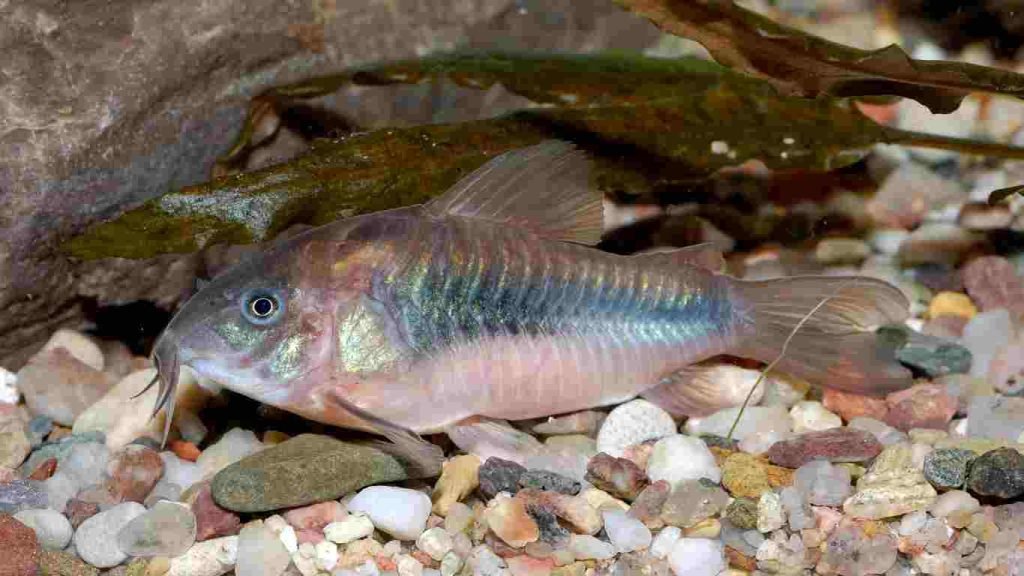
Essentials for Setting Up a Corydoras Breeding Tank
| Component | Details |
|---|---|
| Tank Size | Around 20 gallons |
| Substrate | Sandy or no substrate |
| Plants | Java moss or floating plants |
| Filter | Small, gentle filter (e.g., sponge filter) |
| Conditioning | Cycle the tank before introducing corydoras |
Properly setting up a breeding tank for corydoras is essential for the success of the breeding process. By providing the right tank conditions, plants for cover, and maintaining water quality, you are creating an ideal environment for corydoras to breed and raise their fry.
Sexing Corydoras for Breeding
When it comes to breeding corydoras, it’s essential to be able to identify the gender of these fish. By understanding their different characteristics, you can ensure a successful breeding process.
Females can be distinguished from males by observing their size, body shape, and fin characteristics. Females are generally larger and plumper than males, with rounder dorsal fins and broader bodies. They have a more rounded appearance overall. On the other hand, males are usually smaller and more streamlined. They have pointed pelvic and anal fins, which help them fertilize the eggs during breeding.
To increase the chances of successful breeding, it’s important to have a ratio of at least one female to two or three males in your breeding tank. This allows for multiple males to compete for the attention of a single female, increasing the chances of successful fertilization.
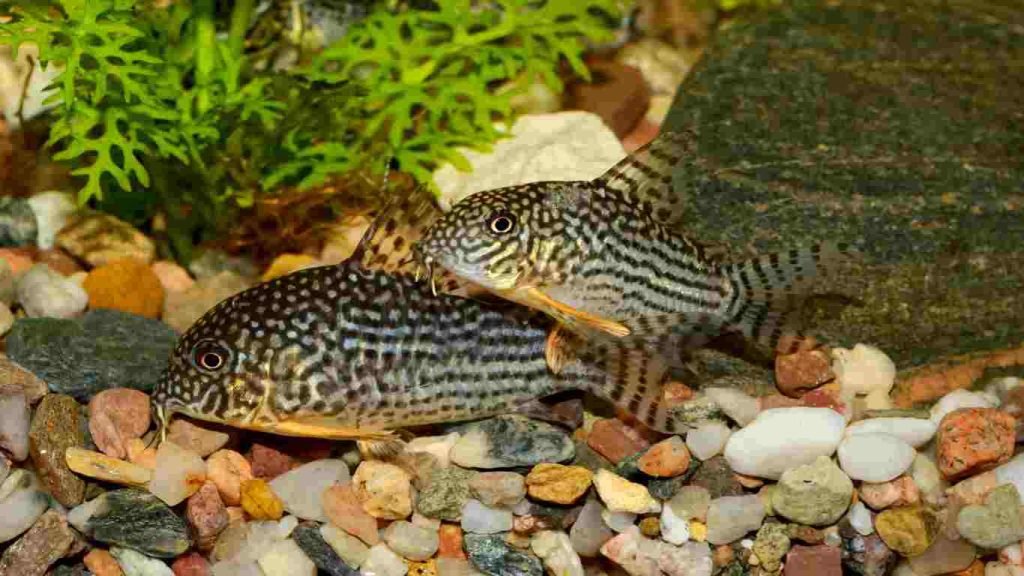
To help you better understand the differences between male and female corydoras, here is a visual guide:
Anatomy Differences Between Male and Female Corydoras
With this knowledge, you can confidently identify the gender of your corydoras and create a suitable breeding environment for these fish. By ensuring the right male-to-female ratio, you increase the likelihood of successful breeding and the growth of a thriving corydoras population in your aquarium.
Conditioning Corydoras for Breeding
In order to successfully breed corydoras, it is important to condition them properly. This involves providing them with a suitable diet and creating the right tank conditions to trigger their breeding behavior.
First and foremost, it’s crucial to feed your corydoras a high-protein diet. Live foods such as blackworms and bloodworms are excellent choices. These foods are rich in nutrients and help to prepare the fish for spawning. Ideally, you should feed your corydoras these live foods for a period of 2-3 weeks before attempting to breed them.
Additionally, it can be beneficial to mimic the natural cycles of dry and rainy seasons in their habitat. This can be achieved by adjusting the water temperature and performing regular water changes. Mimicking these natural cycles can help stimulate the breeding behavior of corydoras.
Creating the right tank conditions is crucial for conditioning corydoras for breeding. To determine the optimal parameters for your specific species of corydoras, research their natural habitat and try to replicate those conditions as closely as possible. Maintaining stable water parameters and providing suitable hiding spots, such as caves or plant cover, can help to create an environment that is conducive to spawning.

By providing your corydoras with a nutritious diet and creating the right tank conditions, you increase the chances of successful breeding. Remember to be patient, as it may take some time for your corydoras to become fully conditioned for breeding. With proper care and attention, you’ll soon be rewarded with a successful spawn of corydoras fry!
Recommended Foods for Conditioning Corydoras for Breeding
| Food Type | Description |
|---|---|
| High-protein live foods |
|
| Pellets or flakes |
|
| Frozen foods |
|
Remember, a healthy and well-conditioned corydoras is more likely to breed successfully. Take the time to provide them with the proper diet and tank conditions, and you’ll increase your chances of enjoying a successful breeding experience.
The Breeding Process of Corydoras
Once you have conditioned your corydoras and placed them in the breeding tank, the exciting breeding process begins. The behavior between males and females is fascinating to observe.
The females will swim up to the males in a distinctive “T position,” getting as close as possible. Meanwhile, the males will release sperm to fertilize the eggs. It’s a crucial moment in the breeding process that sets the stage for egg laying.

After the sperm is released, the female corydoras deposits the eggs into her pelvic fin, forming a pouch-like structure. She then carefully chooses a spot within the tank to lay the eggs.
“Corydoras lay their eggs throughout the aquarium in small groups, often attaching them to plants or other surfaces.”
| Key Takeaways: The Breeding Process of Corydoras |
|---|
| Females swim up to males in a “T position”. |
| Males release sperm to fertilize the eggs. |
| Female deposits eggs into her pelvic fin. |
| Eggs are scattered throughout the aquarium in small groups. |
Once the eggs are placed, they will hatch within 3-5 days, depending on the water temperature and conditions. It’s important to note that corydoras are egg scatterers, so you will find the eggs in different areas of the aquarium.
In order to protect the eggs from being eaten by the adults, it’s crucial to remove the parents from the breeding tank after spawning. This will ensure the best chance for the eggs to develop and hatch successfully.
By following the breeding process of corydoras and providing the necessary conditions, you will soon have a tank full of tiny fry ready to embark on their own journey of growth and development.
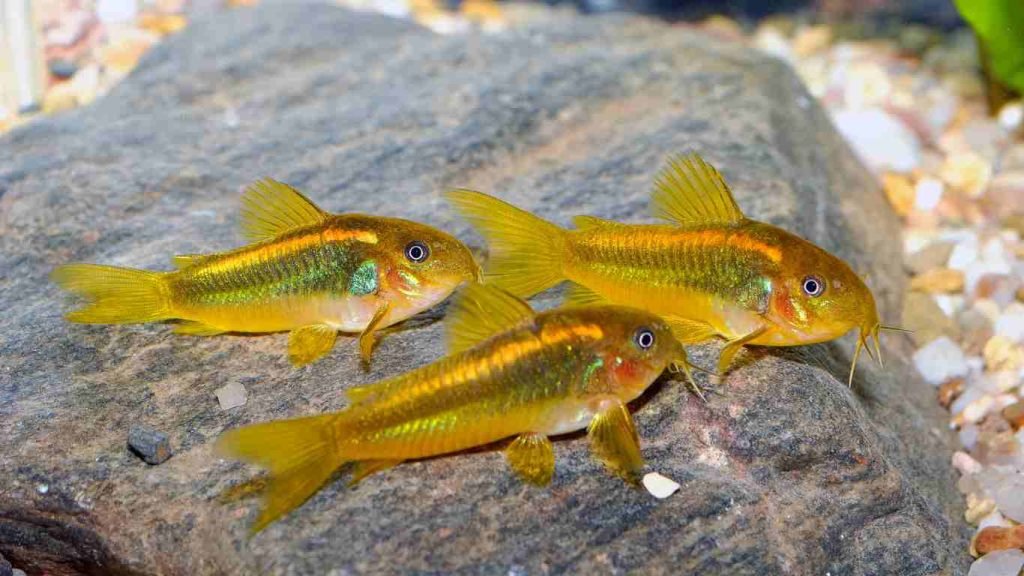
Caring for Corydoras Fry
After the eggs are laid, they will hatch within 3-5 days. It is important to remove the parents from the breeding tank to protect the eggs from being eaten. The fry should be fed baby brine shrimp and other small foods once they are free-swimming. As they grow, they can be transitioned to crushed flakes and larger food. It is essential to maintain clean water conditions and monitor the fry’s development.
Feeding the Fry
Once the corydoras fry are free-swimming, it’s crucial to provide them with appropriate nutrition for healthy growth. Start by feeding them baby brine shrimp, which are rich in nutrients and easily digestible. You can also offer other small foods such as micro worms or powdered fry food. Gradually introduce crushed flakes and larger food particles as the fry grow. Remember to feed them small amounts several times a day to ensure they receive enough food.
Maintaining Water Conditions
Creating a suitable environment and maintaining optimal water conditions is paramount to the well-being of corydoras fry. Regular water changes and filtration are necessary to keep the water clean and free from harmful substances. Use a sponge filter or a gentle filtration system to prevent the fry from getting sucked into the filter. Maintain stable water parameters, including temperature, pH, and ammonia levels, as any sudden changes can be stressful for the fry.
[content-egg module=Amazon products=”us-B000YQ2K9O” template=item_simple]Monitoring Fry Development
It’s important to closely monitor the growth and development of corydoras fry. Keep an eye on their size, activity levels, and overall health. Healthy fry will exhibit strong swimming patterns and have a voracious appetite. If you notice any signs of illness or stunted growth, take immediate action to address the issue. Regular observation will help you identify any potential problems and ensure the fry’s well-being.
| Fry Care Tips: | |
|---|---|
| 1. Provide appropriate-sized food for the fry. | Start with baby brine shrimp and transition to crushed flakes and larger food particles. |
| 2. Maintain clean water conditions. | Regular water changes and filtration are crucial to keep the fry’s environment healthy. |
| 3. Avoid overfeeding. | Feed small amounts several times a day to prevent food waste and maintain water quality. |
| 4. Monitor fry development. | Observe their size, activity levels, and overall health to ensure proper growth. |
| 5. Take prompt action if issues arise. | If you notice any signs of illness or stunted growth, address the problem immediately. |
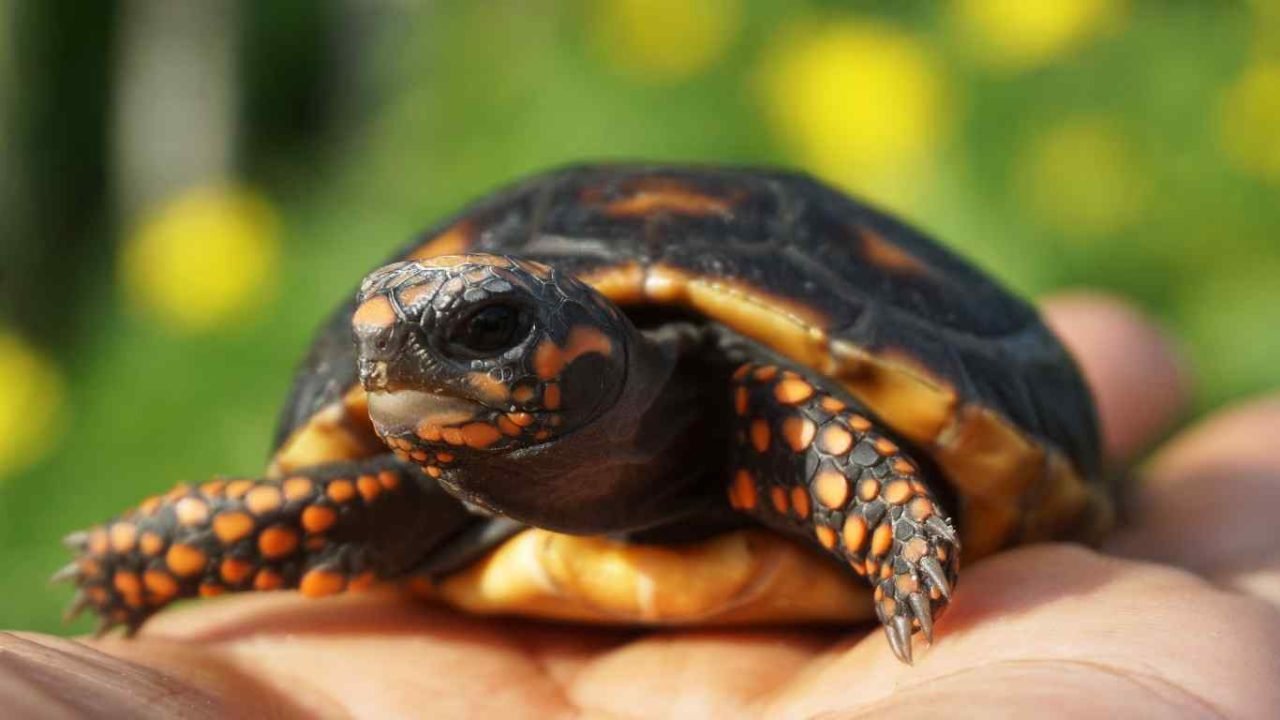
Join Our GeoZoo Family
Subscribe to our Newsletter
Final Remarks
Breeding corydoras can be an incredibly fulfilling and enjoyable endeavor for aquarium enthusiasts. With proper preparation and care, you can successfully breed and raise these fascinating catfish in your own tank. By following a few key steps, you’ll be on your way to cultivating a thriving corydoras population and witnessing their vibrant beauty.
First, it’s crucial to select the right corydoras species for breeding. Consider factors such as availability, compatibility with your aquarium setup, and personal preferences. Popular species like Peppered corys, Bronze corydoras, Panda corys, and Albino corys are excellent choices to start with.
Next, create a suitable breeding tank that provides the optimal environment for corydoras to thrive. Consider a tank size of around 20 gallons with a sandy substrate or no substrate at all. Adding plants, such as java moss or floating plants, will offer natural cover and surfaces for the female corydoras to deposit their eggs. Remember to condition the tank by cycling it before introducing the fish.
Properly conditioning the corydoras is essential for successful breeding. Feed them high-protein live foods, like blackworms and bloodworms, for a few weeks prior to breeding. Additionally, mimic the dry and rainy seasons by adjusting the water temperature and performing water changes to simulate the ideal breeding conditions.
Once the breeding process begins, you’ll observe fascinating behaviors as the females approach the males in a “T position” for fertilization. The female will deposit her eggs in her pelvic fin before carefully choosing a spot to place them. It’s crucial to remove the adults from the breeding tank after spawning to prevent them from consuming the eggs.
After the eggs hatch, you’ll have adorable fry swimming around. Ensure their survival by feeding them baby brine shrimp and gradually transitioning them to larger foods as they grow. Monitor their development closely and maintain clean water conditions to support their healthy growth.
By following these steps – choosing the right species, setting up a suitable breeding tank, properly conditioning the fish, and providing adequate care for the fry – you’ll enjoy the satisfaction of successfully breeding and raising corydoras in your aquarium. Get ready to witness the wonders of a thriving corydoras population and create a vibrant underwater world in your very own home.
FAQ
How do I choose the right Corydoras species for breeding?
Research and choose a corydoras species that suits your preferences and aquarium requirements. Some popular species for breeding include Peppered corys, Bronze corydoras, Panda corys, and Albino corys.
What is the recommended setup for a breeding tank for Corydoras?
Set up a dedicated breeding tank with a size of around 20 gallons, sandy substrate or no substrate at all, plants for cover, and a small filter for water oxygenation. It is important to cycle the tank before introducing the corydoras for breeding.
How can I tell the gender of Corydoras for breeding?
Females are generally larger and plumper than males, with rounder dorsal fins and broader bodies. Males are usually smaller and more streamlined, with pointed pelvic and anal fins.
How do I condition Corydoras for breeding?
Provide them with a high-protein live food diet, such as blackworms and bloodworms, for 2-3 weeks before breeding. Mimic the dry and rainy seasons by adjusting water temperature and performing water changes to stimulate breeding behavior.
What is the breeding process of Corydoras?
Females swim up to the males in a “T position,” and the males release sperm to fertilize the eggs. The female deposits the eggs into her pelvic fin before choosing a spot to place them. The eggs are scattered throughout the aquarium in small groups.
How do I care for Corydoras fry?
After hatching within 3-5 days, remove the parents from the breeding tank to protect the eggs. Feed the fry baby brine shrimp and other small foods once they are free-swimming. Maintain clean water conditions and monitor the fry’s development.

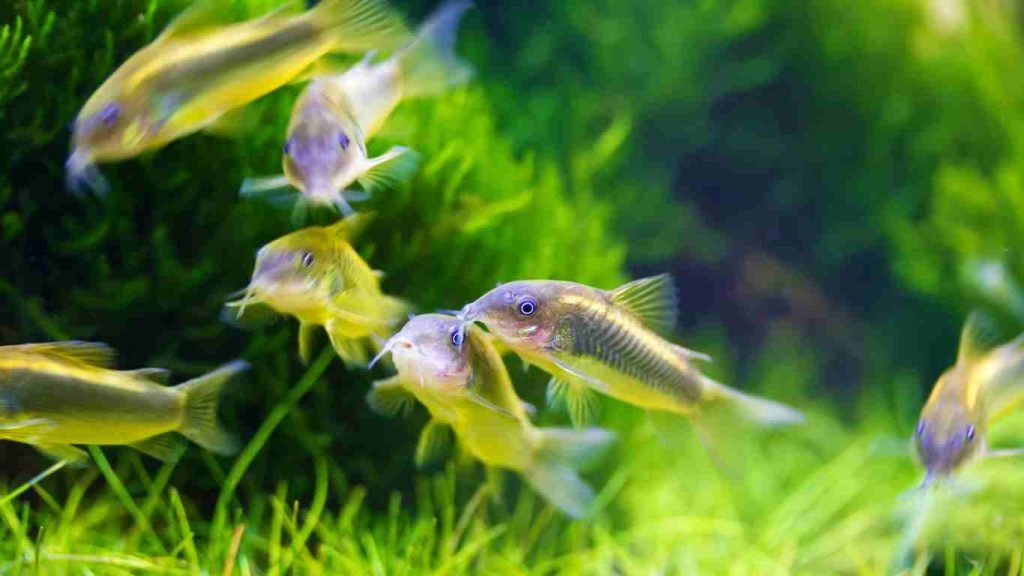
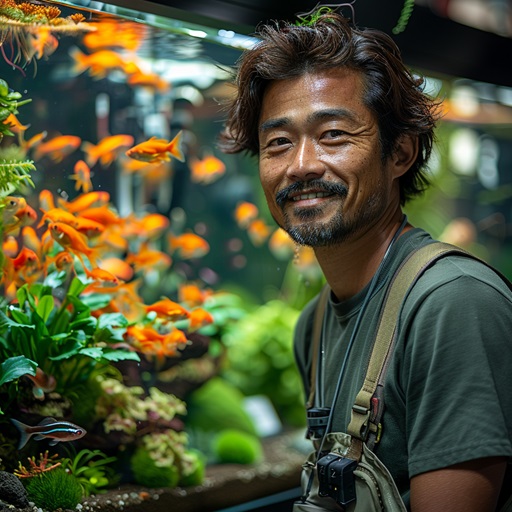
Thank you for the auspicious writeup. It in fact was a amusement account it. Look advanced to more added agreeable from you! By the way, how could we communicate?
Thanks I have just been looking for information about this subject for a long time and yours is the best Ive discovered till now However what in regards to the bottom line Are you certain in regards to the supply